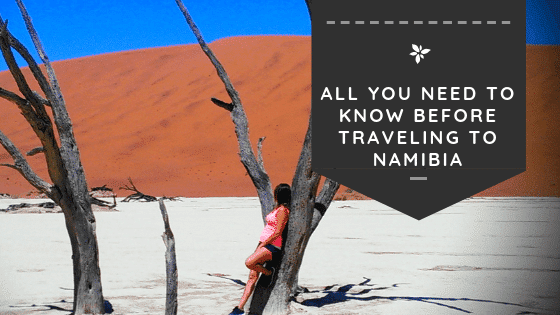
Things to know before traveling Namibia Africa

Traveling is my life. When I first came to Africa in 2015, I immediately fell in love with the continent, the culture and the people. I have traveled to South Africa, Malawi, Zimbabwe, Zambia, Kenya, Botswana, Mozambique and of course as a German I had to visit Namibia as well. Why, you ask? Well, Namibia was colonized by the Germans in the 19th century. I was super curious about how that aspect changed the country. Indeed, you can see the German influence almost everywhere. Hence, expect German architecture, food and language during your trip. However, the country still created its own identity and offers stunningly beautiful things to see and to explore.
I went to the country, which is located in Southern Africa twice. My first trip was a spontaneous road trip, the second time I joined a safari group going from Windhoek via Okavanga Delta Botswana and Victoria Falls Zimbabwe to Zambia. I loved the country and I definitely recommend putting Namibia on your travel bucket list. This comprehensive guide will provide you with all important Namibia information, to help you prepare your trip.
1. Getting to Namibia
By Bus
Traveling to Namibia by bus is a really good option. I took the bus from South Africa to Namibia because I wanted to see the Namibia Country landscape on my way up. It was the longest bus ride I have ever been on (24hours) but it was worth it. A company that I can honestly recommend is Intercape. The buses are going from almost every country in Southern Africa. Especially the sleepliner buses are super comfortable and the rates are decent. I really enjoyed the ride.
By Plane
The second time I went to Nambia I took the plane. I usually book my flights with Skyscanner, which is a search machine finding the best flight deals for you.
By Rental Car
Are you planning a self drive trip in Southern Africa and you want to make Namibia part of your adventure? Be sure to ask your rental company in advance that you can cross borders. I do know that not every company allows that. What can happen as well is that they charge you an extra fee for border crossing. Read my driving Namibia advice under bullet 2.
The Warm Heart of Africa: Malawi. Check out my travel guide here.
2. How to travel in Namibia
Travel Namibia by rental car
Renting a car in Namibia is quite expensive but also one of the best options to fully explore the country and to go wherever you want to. Since distances are long and most roads are gravel roads I definitely recommend renting a 4 x 4. Are you planning to camp? Get a 4 x 4 with a tent on the roof as you can literally stop everywhere making it super convenient.
A few driving tips for Namibia:
- In Namibia you drive on the left side of the road
- Plan your trips carefully as distances are long and you can´t go that fast
- Drive during daytime as game might cross the road during night time
- Stock up some fuel, water and groceries while travelling remote areas
Are you still looking for a car hire company? Then have a look at Rentalcars.com. They check all the top car hire companies at over 53.000 locations to find the best deals for you:
Travel by public transport in Namibia
Namibia´s public transport system isn´t that great. I took a bus from Windhoek to Swakopmund. There are some local companies and also Intercape commuting between those 2 towns. For a 4 hours bus ride I paid NAD 450. If you have plenty of time and don´t want to spend that much you can also take the local minibuses or you hitchhike to get to other places of interest. Please don´t travel alone at night. Using local cabs as a tourist isn´t always safe either especially in Windhoek, hence I wouldn´t recommend doing that at all. Let your hotel/hostel/host arrange a shuttle for you.
Book a safari in Namibia
For those that love to join a group of like-minded peers and that like to have a tour guide taking them around the country, booking a safari is the best option.
Are you planning on traveling Africa soon? Here you can design your own Africa trip:
3. Weather in Namibia – Best time to visit Namibia
Since Namibia is located in the Southern Hemisphere the seasons are the opposite of those in the Northern Hemisphere.
Dry season – Winter in Namibia
The best time to travel to Namibia is in wintertime, which is from May to October. The conditions for game viewing are perfect. Temperature, mosquitoes and rain are less but at the same breath, it is super touristy and super dusty. Expect the temperature during the day is going to be really warm, the nights going to be super cold though. I once had a stopover in the capital of Namibia Windhoek in August. It was below 0 degrees that morning. Please take this into consideration if you travel and camp in winter time. Be sure to take clothes for warm and cold temperatures as well as a good sleeping bag.
Rainy season – Summer in Namibia
From October to May it is really hot and humid but also super refreshing once there is rain. Streets can be flooded, mosquitoes super annoying and animals more difficult to spot. However, I really enjoyed travelling during that time. Why, you ask? Well, everything is green and tourists are less which means that the holiday is perfect if you want some time to chill.
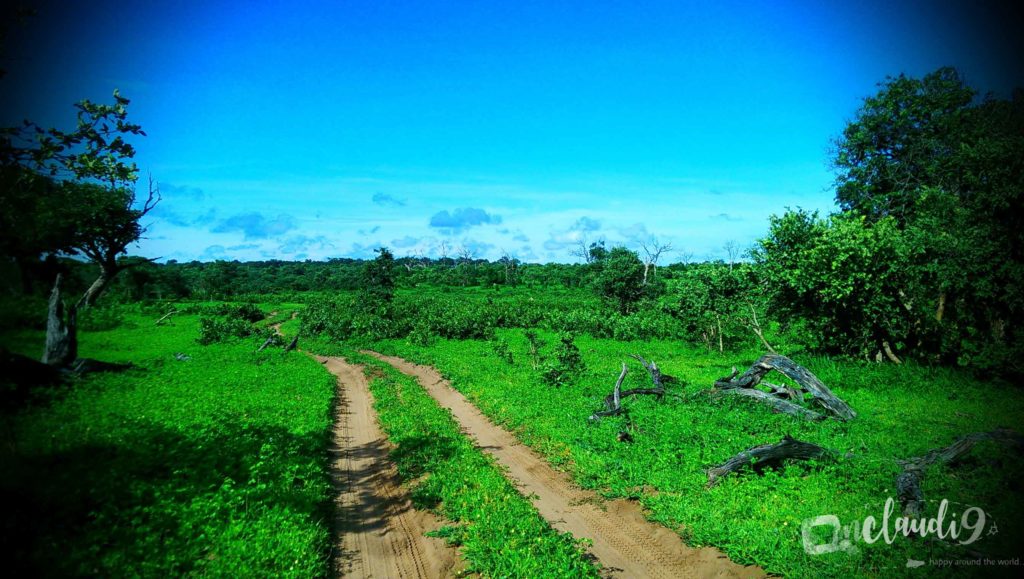
One night we were even offered a free upgrade to rooms due to the heavy rain although we booked camping. So it´s up to you what you prefer more. In general, it is important to cover up, use sunscreen and a hat.
4. Best places to visit in Namibia – how to spend time in Namibia
Fishriver Canyon Namibia
Being the second largest canyon in the world the Fish River Canyon in the south of the country is one of the most visited tourist attractions in Namibia.
Walvis Bay Namibia
Since it is the main harbor town in Nambia, Walvis Bay is the starting point of many water-based activities like fishing and catamaran trips. East of Walvis Bay the highest sand dune “Dune 7” is the entrance gate to the Namibian Desert.
Swakopmund Namibia
Welcome to little Germany. When I went to Swakopmund, I felt like I was on the Baltic Sea in Germany. The architecture of the town and the way they set up the beach promenade reminded me of my home country. Moreover, you find German food, German language and Germans almost everywhere. However, it is a super nice town. One more advice: The Swakopmund weather can be quite rough – take warm clothes with you.
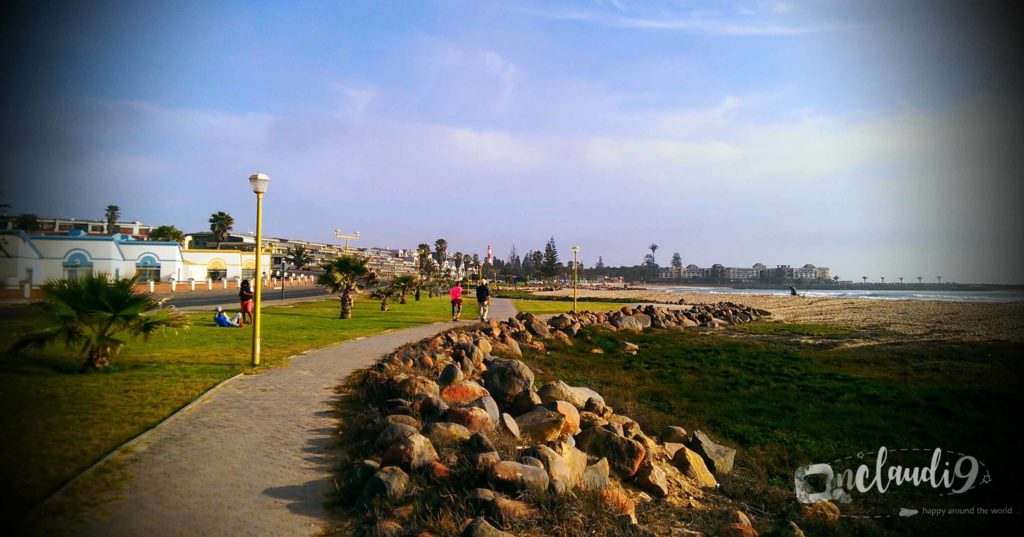
Solitaire
On your way to Sossusvlei make a stopover in Solitaire. This small settlement is literally in the middle of nowhere but hosts a bakery with delicious cake and a gas station.
Windhoek Namibia
Namibia´s capital Windhoek is the biggest city in the country. Unfortunately, I didn´t have a lot of time to explore the entire city. Like the coastal town Swakopmund, Windhoek hosts many of German colonial-era buildings. The most famous one is Windhoeks Christuschurch.
Tropic of Capricorn Namibia
In the middle of the desert, between Walvis Bay and Solitaire you reach the ‘Tropic of Capricorn’. It is one of the five major circles of latitude of a map of the Earth. It marks the most southerly latitude at which the sun can appear directly overhead.
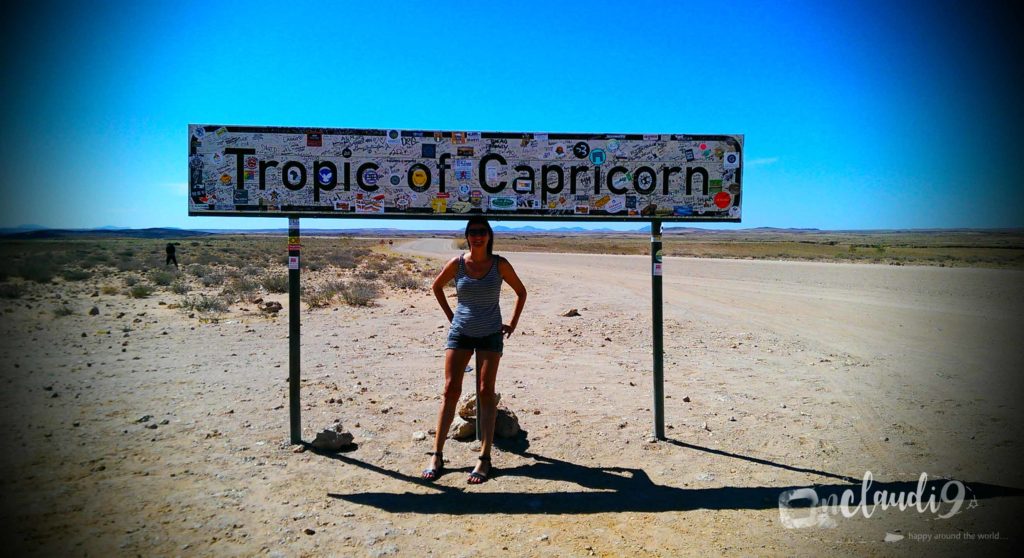
Caprivi Strip
In Northern Namibia you will find a narrow strip that separates Botswana and Angola. It has played an important role in history and is still more like an off the beaten track destinations in Namibia but worth a visit. The incredible Wildlife is the main reason why visitors flock here.
Sossusvlei Namibia
The red dunes (Dune 45, which is the tallest sand dune in the world) and the famous salt and clay pan with the dead trees are undoubtedly two of the most amazing attractions I have ever seen. It´s hard to put it into words – you must see it with your own eyes.
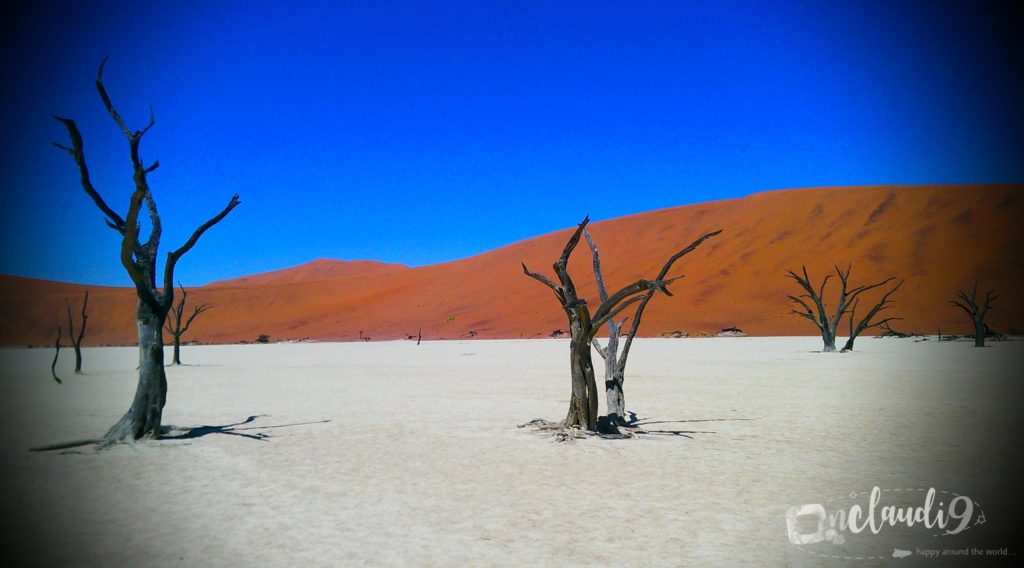
Read more about Sossusvlei here: My road trip in Namibia.
Etosha National Park
The most famous National Park in Namibia is Etosha National Park in the North of the country. Read more about it under my bullet 8.
Ghosttowns
Back in the days, Namibia was well known for its Diamond mining industry. Where diamonds were found, towns were set up for the workers and their families to live. When the prices for diamonds dropped the residents began to leave and settled down somewhere else. After a few years, the towns were abandoned. Today these ghost towns are one of Namibia’s most famous sights. Unfortunately, I haven´t been to one, but I saw pictures and I can just imagine that it is stunning to see that. The most famous Ghost town is Kolmanskop. Check it out when you travel Namibia.
5. Namibian People and History
Namibia is one of the less populated countries in the world, with its total of 2,5 million people (2017). Nevertheless, the country can be divided into 11 ethnic groups, for instance, the Owambo, the Himba, the Caprivian and the San people. Since Namibia was colonized by the Germans and after that ruled by South Africa you can also find White and Coloured people in Namibia. What is really sad but important to know as well, is that the South African Apartheid regime also extended the laws to Namibia. Apartheid was a system of racial segregation. Here you can read more about Apartheid.
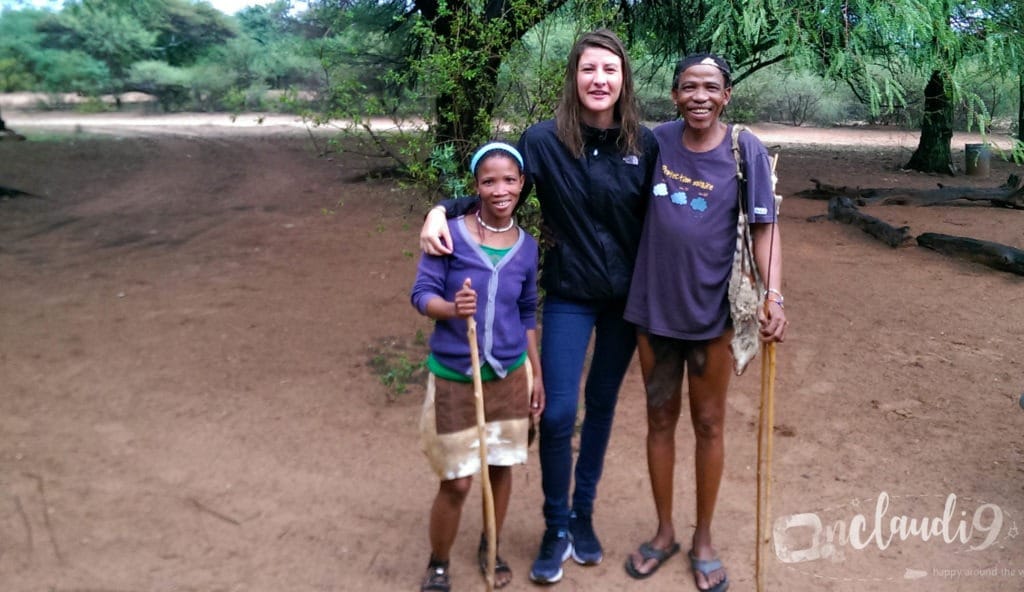
6. Namibia Language
English is the official language in Namibia but only spoken by a super small percentage of the population as their native language. Indigenous languages like Oshiwambo and the Khoekhoe languages are spoken by a majority of the population. Since Namibia was a colony of the German Empire and administered by South Africa Afrikaans and German are spoken throughout the country as well.
7. Namibia Currency I Money I ATM´s
The Namibian currency is the Namibian Dollar (NAD) which is valued 1:1 to the South African Rand (ZAR). That means in Namibia you can pay with Namibian Dollar (NAD) and South African Rand (ZAR) but it doesn´t work the other way around. In South Africa you can only pay with South African Rand (ZAR). Sort out your money in bigger cities like Windhoek, Swakopmund or Walvis Bay as it can be super difficult to find an ATM in the remote areas. Although there might be card facilities rather expect the unexpected – meaning that credit card machines might not work or that there is no connection the moment you are trying to pay. My advice: always have some cash with you.
Trip in Southern Africa: Read about my adventure from Windhoek to Victoria Falls here.
8. National Parks and Wildlife in Namibia
Wildlife is almost everywhere. When we camped in a camp next to Sossusvlei I had to go to the bathroom during the night. An Oryx antelope and porcupine joined me on my way. The best place to see wildlife in Namibia is, of course, the famous Etosha National Park. The park offers perfect conditions to spot the African BIG 5. If you are planning on going on a self-drive holiday and making Etosha National Park a stop, then book your accommodation well in advance. Especially in High Season the rooms are rare and might be blocked by the big travel agencies. If your dates are not flexible rather book through a travel agency. More like a hidden gem for wildlife is the Caprivi Strip. Read more about it under my bullet 4.
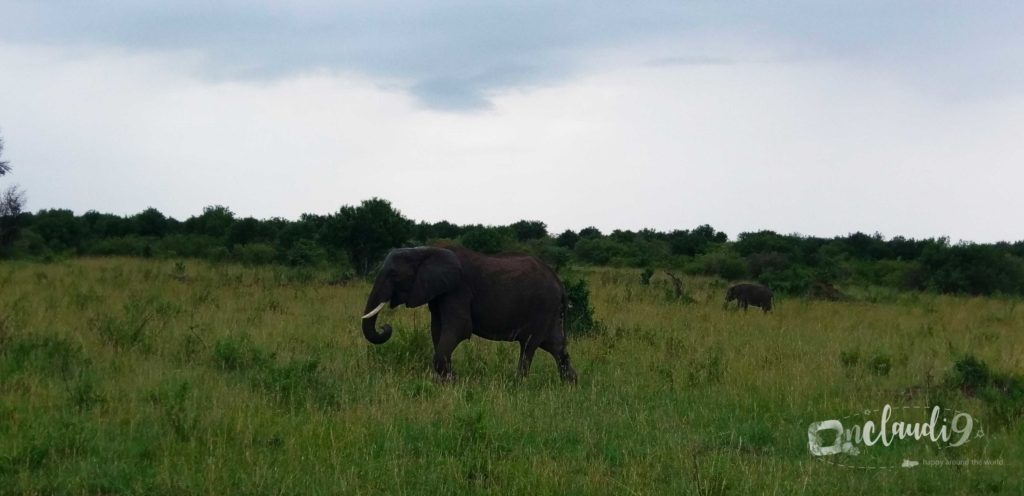
9. Plugs – staying connected in Namibia
In Namibia the power sockets are type D and M.
10. Tipping
People working in bars and restaurants are dependent on tips as their salary is quite low – at least 10% tipping is recommended. What is normal practice in Namibia as well as in South Africa is giving some change to the car parking guards. They will look after your vehicle. Don´t be rude it is normal practice.
11. Medical Advice
Like I already mentioned, distances in Namibia are huge. It will take you awhile to get to the next doctor or pharmacy if you aren´t in the main towns like Windhoek or Swakopmund. Be sure to have all your medicine and a first aid kit with you in case of an emergency.
12. Vaccinations
Malaria:
Most of the country is malaria free. There is a medium to low risk of Malaria in the north of Namibia especially in Etosha National Park during the rainy season from October to May.
Yellow Fever:
You need a Yellow Fever vaccination certificate if you entering Namibia from a country with risk of Yellow Fever transmission. Here you can check for more information. For any other medical and immunization advice, please consult your doctor.
Don´t forget to pin my post:
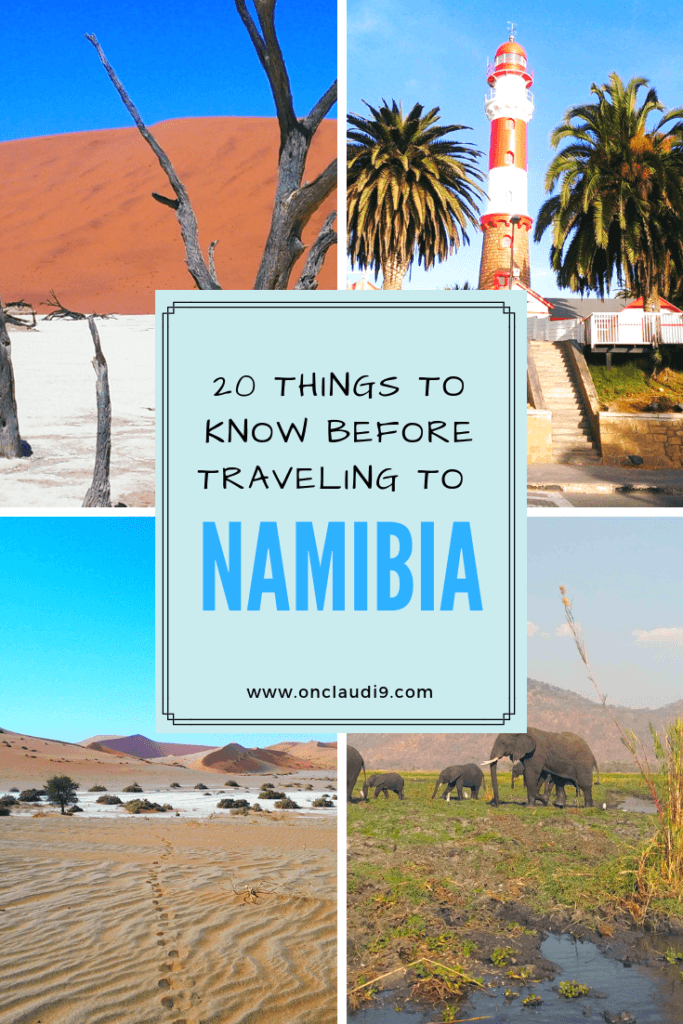
13. Best places to stay in Namibia
Here you can find places I stayed at as well as the ones recommended by friends. Please bear in mind, if you are going on a self-drive holiday in high season you should book well in advance as accommodation is rare in some areas (especially Etosha National Park) and can be booked/blocked by the travel agencies.
- Windhoek – Chameleon Backpackers
- Etosha National Park – Okaukuejo Campsite
- Swakopmund- Skeleton Beach Backpackers
- Sesriem Campsite – Sossusvlei (is the only camp inside the gate of Sossusvlei)
- Gobabis Area – Uakii San Camp
- Caprivi Strip – Kwando Camp
Read next: 20 Things to know before traveling to Kenya.
14. Namibia Visa
Some Nationalities don´t need a visa to enter Namibia. Germans are one of the lucky ones that can stay in the country for up to 90 days without a visa. Please check with the Namibian Consulate whichever the case is for you. You can find out more about visa and application here.
15. Sim Card/ Internet/ Wi-Fi coverage
You will be surprised but mobile network coverage in Namibia is actually quite good. My recommendation: get yourself a local sim card with some airtime and data. The reception in the bigger towns is really good whereas not every campsite has Wi-Fi. Even if they do, expect the connection to be really bad and slow. Since you going to Namibia for holidays enjoy the time to be cut off from civilization and rather watch the stars or enjoy a campfire.
16. Food – Namibia Traditional Food
Namibia is a meat lover´s heaven. In fact, in one of the restaurants in Swakopmund I had the best Springbok filet I have ever eaten. Like almost everywhere in Southern Africa meat is usually served with pap (or nsima/ ugali – the name can differ from country to country). Pap is the staple food and a type of porridge made from maize meal.
Especially on the weekends, a Braai (BBQ) is the way of preparing meat. Braaiing is more than just making food; it is a culture, a tradition. At the same time, it is a way of getting together, catching up with family and friends and just having a good time.
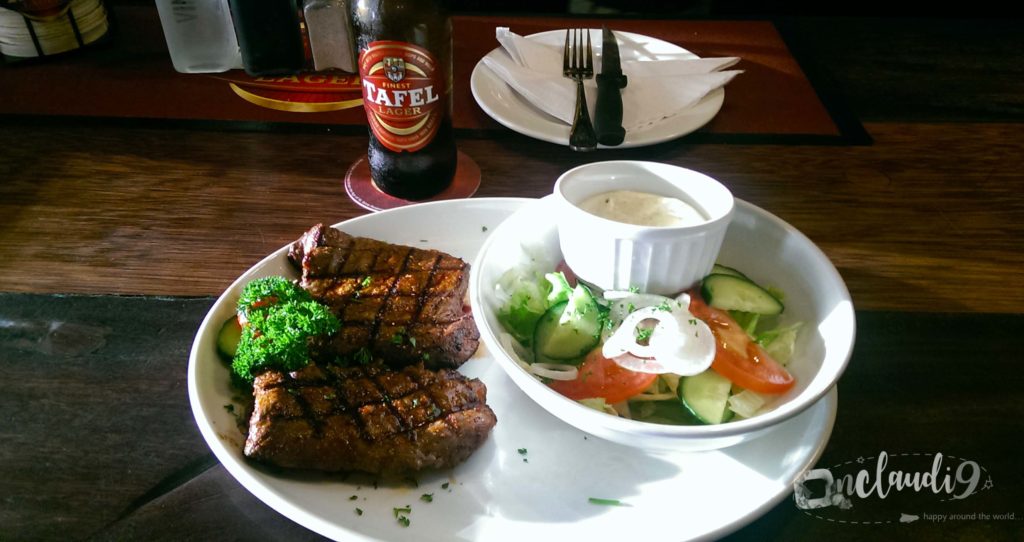
17. Is Namibia Safe?
I found Namibia to be quite safe. Much like every other country in the world that you travel to: use your common sense. Avoid displaying valuables, keep an eye on your belongings and use hotel safes. My advice: Always check up with the people you are staying with or your hotel staff whether it is safe where you are planning on going and during the time you are planning on going. Avoid traveling alone at night and especially in Windhoek, using local cabs as a tourist isn´t always safe, hence I wouldn´t recommend doing that at all. Let your host/hotel/hostel arrange a shuttle for you.
18. Tap Water – Drinking Water in Namibia
Is tap water safe to drink in Namibia? Yes, it is perfectly fine to drink almost everywhere. My advice: double check in the campsites you are staying at.
Have you already been to Namibia? What did you like most about the country? Leave me a comment!
Check out my video as well:
Would you like to read and see more about my Africa trips? Here we go!
[Disclaimer: This blog post contains some affiliate links. Once you purchase something, I may earn a small commission at no extra cost to you. This tiny commission will help support my blog hosting and other maintenance costs. All my opinions are my own and were not influenced in any way. Thank you!]

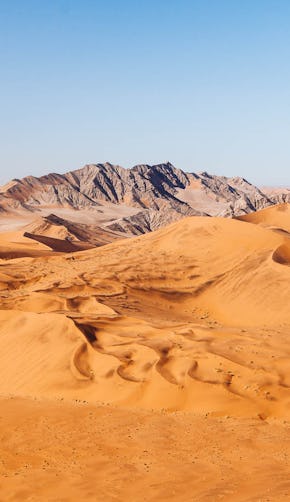
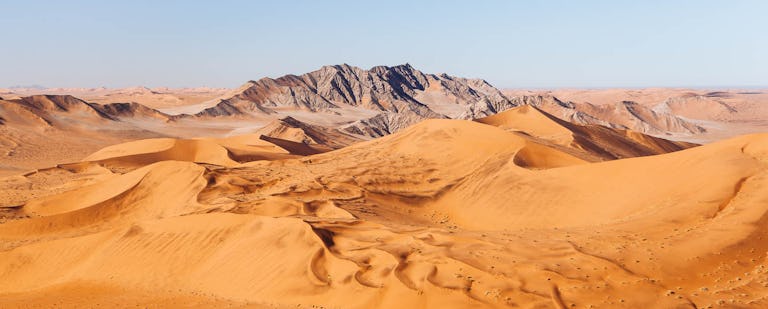

No Comments